 您的购物车当前为空
您的购物车当前为空
罗丹明类
罗丹明类染料是一类以罗丹明为核心结构的荧光染料,具有强烈的荧光特性和较高的量子产率。其光谱范围广泛,可覆盖可见光到近红外区,适用于多色荧光标记和成像。由于良好的光稳定性和细胞膜通透性,常用于细胞器标记、蛋白示踪及活体成像等生物分析领域。
- Dihydrorhodamine 123二氢若丹明123, DHR 123T18977109244-58-8Dihydrorhodamine 123 (DHR 123) 是一种荧光探针 (λex=488 nm,λem=525 nm)。Dihydrorhodamine 123 在细胞内存在活性氧物质的情况下被氧化为荧光试剂 Rhodamine 123,并定位于线粒体中。
- ¥ 413
规格数量 - Rhodamine 123罗丹明123, 罗丹明 123, RH-123, R-22420T1674362669-70-9Rhodamine 123 是一种荧光染料(λex=503 nm, λem=527 nm)。
- ¥ 182
规格数量 客户已引用
客户已引用 - Rhodamine 6G罗丹明6G, 罗丹明 6G, Basic Red 1T16744989-38-8Rhodamine 6G (Basic Red 1) 是一种罗丹明类似物,可用于表征 MRP1 介导的流出的动力学,测定 Pgp 的流出,可用作激光染料和潜在的线粒体探针。
- ¥ 163
规格数量 客户已引用
客户已引用 - Sulforhodamine B sodium salt磺酰罗丹明B, Kiton Red 620, Acid Red 52T190633520-42-1Sulforhodamine B sodium salt (Acid Red 52) 是一种能够定量测定培养细胞的细胞蛋白量的荧光染料,。
- ¥ 123
规格数量 客户已引用
客户已引用 - 6-TAMRA6-羧基四甲基罗丹明, 6-CarboxytetramethylrhodamineT1890591809-67-56-TAMRA (6-Carboxytetramethylrhodamine) 常用作制备生物偶联物的荧光团,尤其是用于免疫化学的荧光抗体剂抗生物素蛋白衍生物。
- ¥ 255
规格数量 - Rhodamine 110罗丹明110, Rhodamine 110 chloride, RH110T1674213558-31-1Rhodamine 110 (RH110) 是灵敏的选择性底物,激发波长为 498 nm,发射波长为 521 nm,可用于测定溶液或活细胞内的蛋白酶。
- ¥ 148
规格数量 - Sulforhodamine 101磺基罗丹明101, 磺基罗丹明 101, SR101T1906260311-02-6Sulforhodamine 101 (SR101) 是一种两性罗丹明红色荧光染料 (excitation/emission: 586/605 nm),常用于神经元形态的研究,并作为星形胶质细胞的细胞类型选择性荧光标记物,在体内和切片制备中都有应用。
- ¥ 270
规格数量 - 7-Ethoxy-4-(trifluoromethyl)coumarinEthyl 4-(trifluoromethyl)umbelliferyl ether, 7-Ethoxy-4-trifluoromethylcoumarinT37926115453-82-27-Ethoxy-4-(trifluoromethyl)coumarin(7-乙氧基-4-(三氟甲基)香豆素)是细胞色素P450酶(Cytochrome P450 enzyme)的底物并且参与人体内代谢,能够产生荧光信号,其激发波长为410 nm,发射波长为510 nm。
- ¥ 345
规格数量 - 6-CR110 Single isomer6-羧基罗丹明110(单一异构体), 6-CR110 [6-Carboxyrhodamine 110] *Single isomer*, 6-Carboxyrhodamine 110 (Single isomer), 6-Carboxyrhodamine 110 (6-CR110) Single isomerTD00621041432-15-86-CR110 Single isomer是一种罗丹明类的绿色荧光染料,激发/发射波长为499/525nm,在pH=4~9之内稳定,可用于DNA或蛋白质标记与细胞染色。
- ¥ 1121
规格数量 - Rhodamine B isothiocyanate异硫氰酸罗丹明 B, beta-LactoglobulinT37607944130-99-8Rhodamine B isothiocyanate (mixed isomers)是一种橙红色的罗丹明B荧光染料,具有细胞渗透性,能够与蛋白质和抗体上的胺基偶联,Ex/Em=570/595 nm,可用于荧光显微镜和流式细胞术。
- ¥ 1290
规格数量 客户已引用
客户已引用 - 6-CR110, SE [6-Carboxyrhodamine 110, succinimidyl ester]*Single isomer*6-羧基罗丹明110琥珀酰亚胺酯(单一化合物)TD00656-CR110, SE [6-Carboxyrhodamine 110, succinimidyl ester]*Single isomer* is a Fluorescein for peptide and oligonucleotide labeling. Compared to fluorescein labeling reagents such as FITC and FAM, CR110 reagents give more photostable and pH-independent bioconjugates that have the absorption maximum around the preferred 488 nm excitation wavelength. They are photostable alternative reagents superior to FITC and FAM.
- ¥ 1287
规格数量 - AF488 DBCO ditriethylamineT89579AF488 DBCO ditriethylamine 是 AF488 DBCO 的二三乙胺盐状态.此化合物作为荧光染料,专门用于标记含有叠氮化物的生物分子.其特色在于,DBCO 作为叠氮化物的生物正交伴侣,能在无铜环境中实现共价偶联.AF488 被认为是一种性能优良的光稳定绿色荧光团.
- 待询
规格数量 - Rhodamine B base碱性罗丹明B, Solvent red 49T88729509-34-2Rhodamine B base (Solvent red 49) 为荧光性染料,具备吸收和发射波长分别为543 nM和565 nM。
- ¥ 10600
规格数量 - Alexa Fluor 680 NHS esterAlexa Fluor 680 succinimidyl esterT85623407628-15-3Alexa Fluor 680 NHS ester,一种近红外 (NIR) 荧光染料,具有 679 nm 的最大吸收波长和 720 nm 的最大发射波长。
- ¥ 1300
规格数量 - JF526–Pepstatin A TFAPepstatin A JF526T867642410614-07-0JF526–Pepstatin A TFA, a fluorescent dye, is utilized for lysosomal staining in live cells. It exhibits an excitation maximum at 530 nm and an emission maximum at 549 nm [1].
- 待询
规格数量 - 6-FAM-PEG3-AzideT83267412319-45-06-FAM-PEG3-Azide 是标记寡核苷酸的荧光染料,也作为点击化学试剂使用。该化合物含有 Azide 基团,可通过叠氮-炔环加成反应(CuAAc)与 Alkyne 基团的分子在铜催化下发生反应,或通过菌株促进的炔-叠氮环加成反应(SPAAC)与 DBCO 或 BCN 基团的分子反应。
- 待询
规格数量 - Rhodamine 700T3431963561-42-2Rhodamine 700 is an organic perchlorate salt and has a role as a fluorochrome.
- 待询
规格数量 - 4,5-Diamino-N,N,N',N'-tetraethyl-rhodaminT85448261351-43-34,5-Diamino-N,N,N',N'-tetraethyl-rhodamin 是一种应用广泛的多功能染料。在生物实验中,此染料是核心工具之一,主要用于观察和分析细胞结构、跟踪生物分子、评估细胞功能、区分细胞类型、检测生物分子、研究组织病理以及监测微生物等多项任务。它不仅在基础科学研究和临床诊断领域中有重要应用,也在纺织品着色、功能性纺织品处理、食品着色及染料敏化太阳能电池等传统与新兴领域发挥着关键作用。
- 待询
规格数量 - Tetramethylrhodamine-5-maleimideT87504174568-67-3Tetramethylrhodamine-5-maleimide 是一种多功能染料,广泛应用于生物实验中,帮助研究人员观察和分析细胞结构、追踪生物分子、评估细胞功能、区分细胞类型、检测生物分子、研究组织病理及监测微生物,涵盖从基础科学研究到临床诊断的多个领域。此外,该染料在纺织品染色、功能性纺织品处理、食品色素和染料敏化太阳能电池等方面也有广泛应用。
- 待询
规格数量 - 6-ROX hydrochloride6-Carboxy-X-rhodamine hydrochlorideT855121689512-96-66-ROX (6-Carboxy-X-rhodamine) hydrochloride 用作寡核苷酸的荧光标记物,并在FRET成像中充当与5-FAM耦合的受体的供体。它的激发波长和发射波长均为568 nm。
- 待询
规格数量










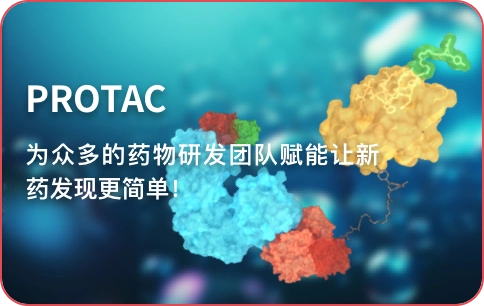




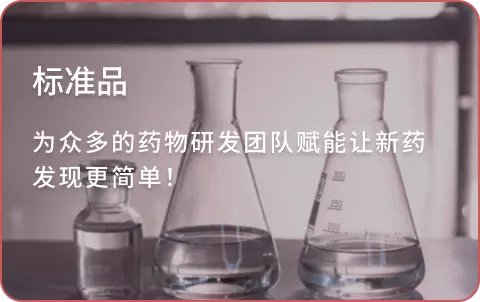

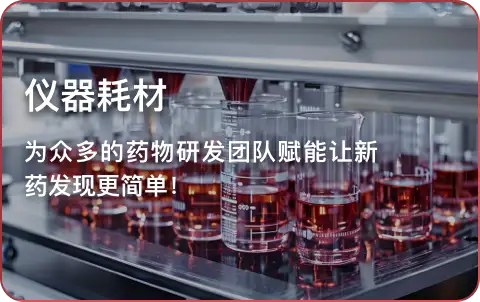
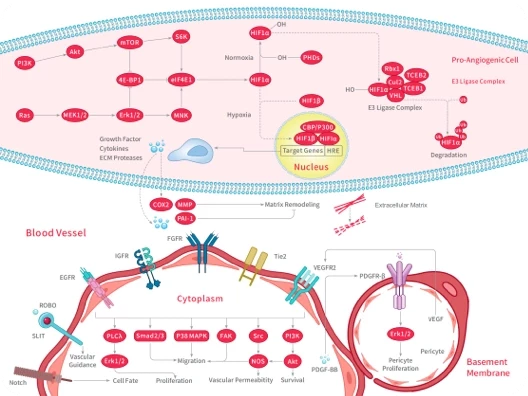
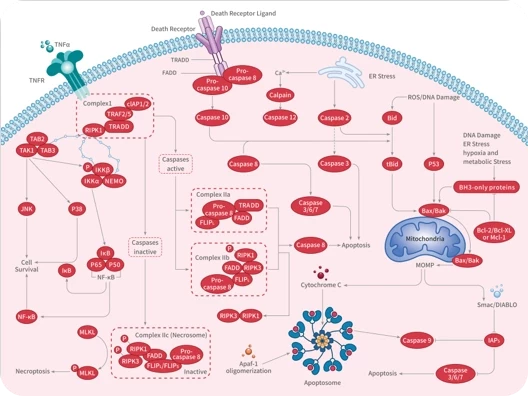
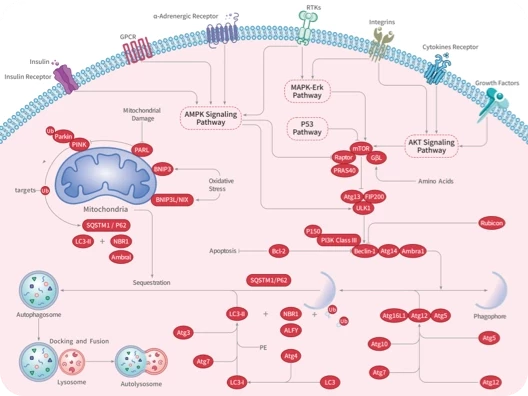

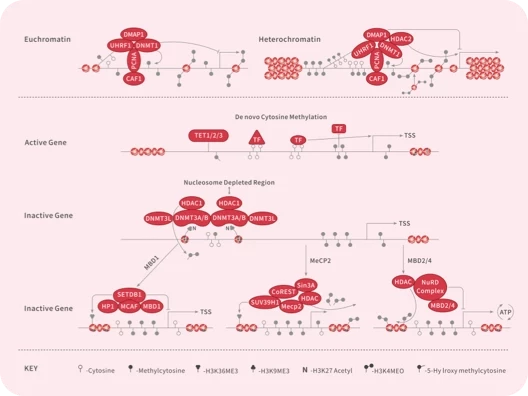
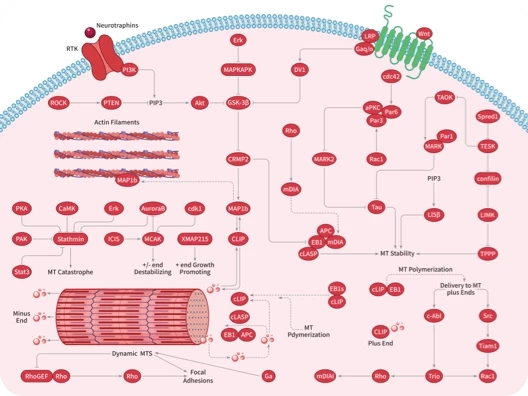
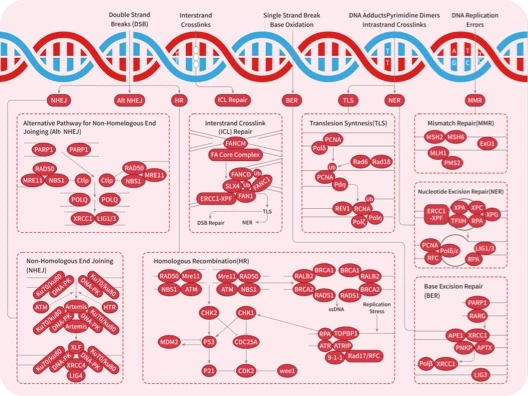
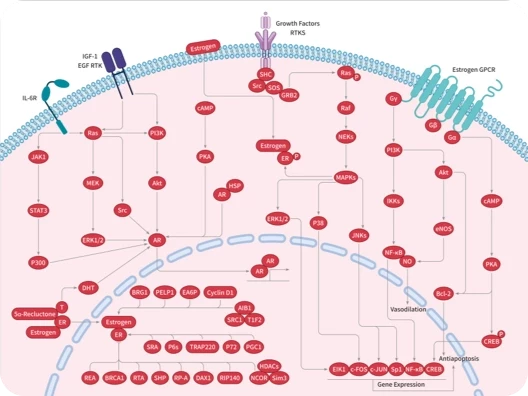
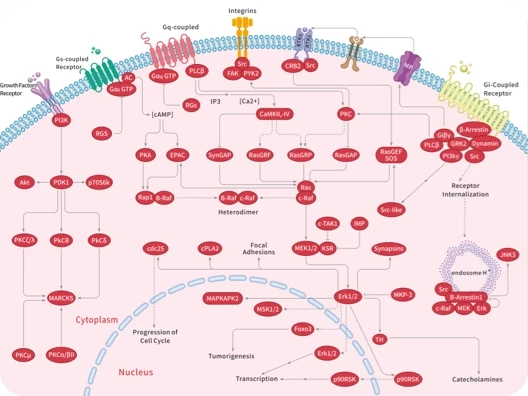
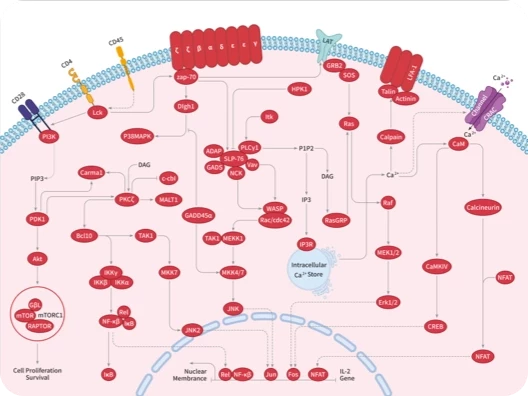
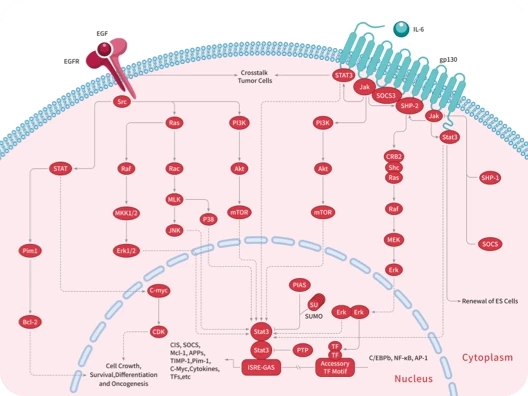
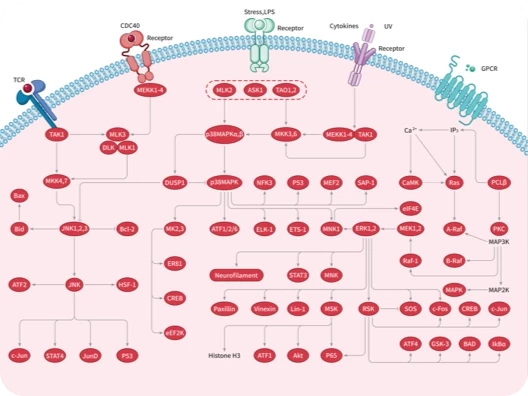
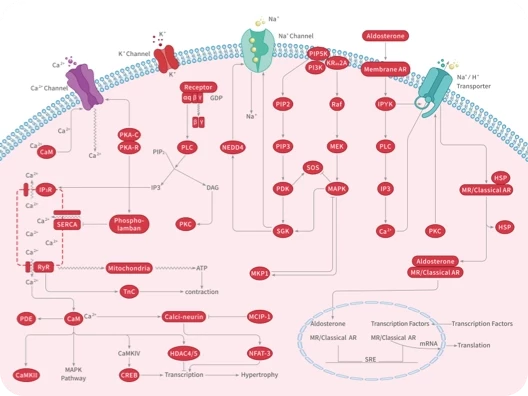
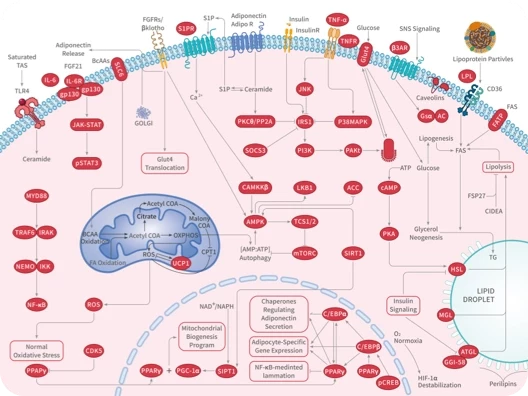
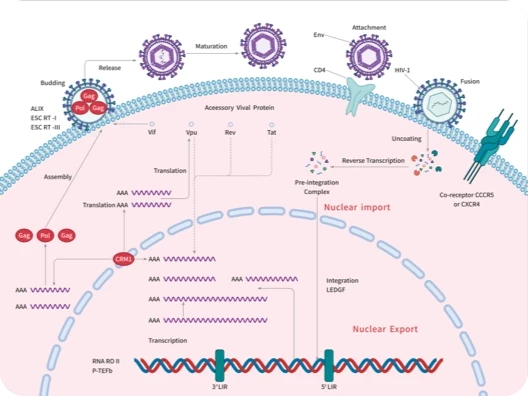


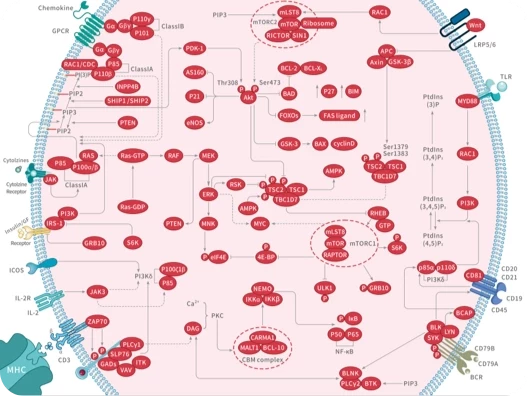
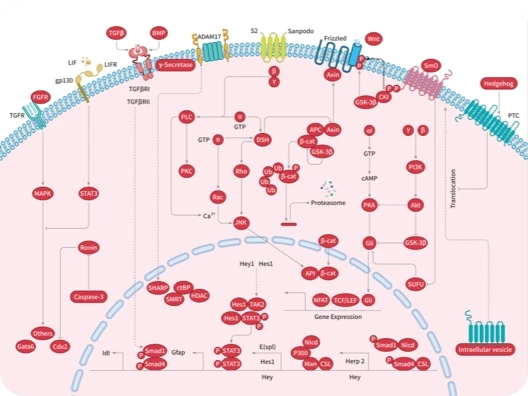

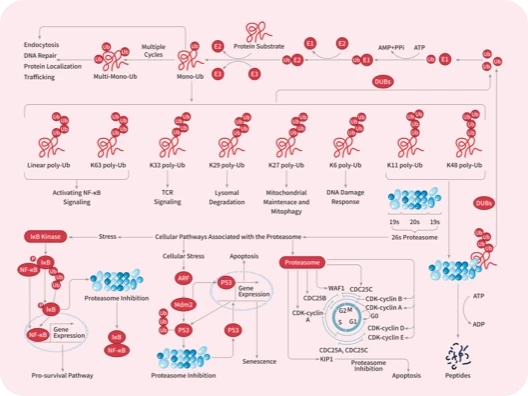

 |
|